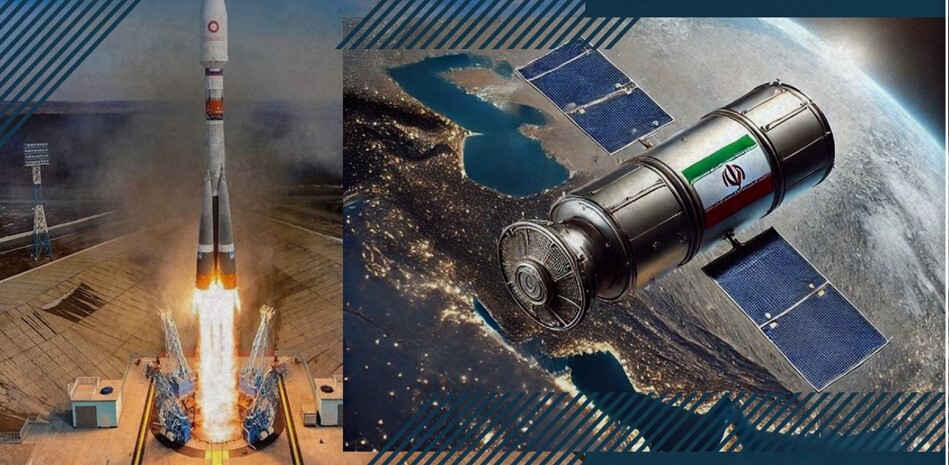
"The three satellites—Zafar, Paya, and Kowsar—are scheduled to be launched in early winter," Salarieh told reporters on Monday.
“These satellites are currently undergoing final technical preparations, and their exact launch date will be announced soon."
Zafar, Paya, and Kowsar satellites have been developed by Iranian engineers associated with various knowledge-based companies in collaboration with the ISA.
Zafar is an advanced earth-observation satellite designed to provide high-resolution imaging for critical applications in agriculture, environmental monitoring, and disaster management.
Similarly, Paya is also an earth-observation satellite manufactured for sophisticated imaging and data collection.
Kowsar is designed for high-resolution imaging with a primary focus on precision agriculture. It will provide daily imagery of plant greenery, supporting agricultural monitoring, crop health assessment, and efficient resource management.
Salarieh emphasized that the satellites will provide critical data for crop monitoring, mineral exploration, and dust storm tracking.
He further noted that construction work at Salmas and Chenaran space stations is in its final stage, and both stations will soon be put into operation.
Iran is cooperating with China in international lunar projects, and is also collaborating with the Economic Cooperation Organization (ECO) member states in research-related areas, he added.
According to PressTV, the ISA head said that his agency is currently updating Iran's 10-year space document, which, once finalized, will serve as a road map for the development of the country's space services over the next decade.
Salarieh noted that the plan focuses on expanding satellite-based services, which could enhance decision-making and operational processes across agriculture, environmental protection, crisis management, and other sectors.
Iran first entered the global space arena in February 2009, when it launched its first domestically produced satellite, Omid (Hope), aboard a Safir rocket. Designed for research and telecommunications, Omid marked the country’s initial step in satellite data processing.
Since then, Iran has made significant advances in its space program, successfully launching several more satellites despite sanctions imposed by Western nations.